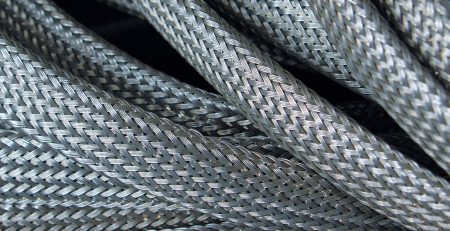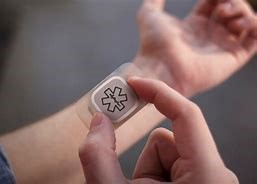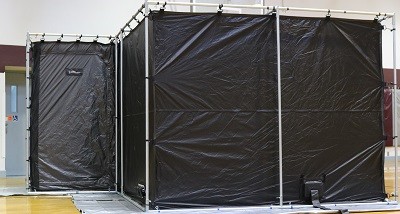What’s in Your Wallet? Hopefully, Some Shielding Material!
In today’s world, having credit cards or electronic ID cards in your wallet isn’t secure enough protection for the personal information they carry. You must have some sort of additional security for them there in your pocket. When I grew up, the best security for wallets was what over the road truckers or motorcyclists had, a chain that connected their wallet to their belt or the pants that they were wearing, stopping physical thievery and that was good enough.
Today’s thief doesn’t even need to touch you to get access to the personal information carried in the credit cards or RFID cards that are in your possession. In much the same way that you can use these cards without physically touching a sensor with them, these electronic thieves can gain access to the personal information they carry without ever touching the cards. All they need is a special scanner that allows them to pick up your sensitive information that is carried “in the air” around the card if they can get close enough to you. The chips that are embedded in your credit card, ID badge, or cell phone are activated by this scanner, powered up, and send their digital signal out, conveying the required information to the scanner, either confirming an identity card or applying a charge to a credit card. This technology is called “Near Field Communication” which is usually in effect over a distance of several inches. Though this information is only transferred over that short a distance, it is still subject to being stolen by a “man in the middle” or an “interceptor”. This information can either be passed on unaltered to the receiver, which is called “electronic eavesdropping”, or transferred to another device, allowing this crucial information to be used by the receiving device without the consent of the owner of the information, or modifying the transmission information so that the receiving device receives incorrect information.
Another mode of attacking Near Field Communication is if a near field transmitting device is close enough to another device, malware can be downloaded from the other device to your device and possibly allow “sniffing” of the sensitive information/data and subsequent transmission of that data to the attacker over the web. If you do carry these types of cards, it is smart to keep them enclosed in a special “wallet” lined with metalized fabric/shielding material or behind a “planar shield” yielding a “Faraday Effect” that blocks the transmission of the data by essentially placing the card in a vault that blocks the passage of RF and EMI. This prevents the information from being transmitted until the card is removed from the safe confines of the RF wallet. So, take some good advice and protect the RFID and credit cards that you carry with you from the “electronic thieves of today”.













Leave a Reply